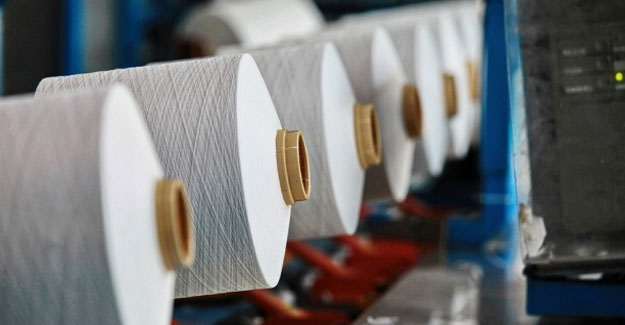
China, Covid-19, Consumption, Collection: The 4C Problem For Indian Yarns
China China is obviously of paramount importance to India's foreign policy. China's every move is carefully watched by Indians, and every issue with China glorified. China is the first benchmark for India's aspiration to be a global power. The clash at the borders has made headlines in India but barely got a mention in China. Our entire nation is calling for boycotting Chinese goods and cancelling import contracts with Chinese businesses. China, on the other hand, is fully focussed on the United States in its foreign policy and discussions. India's main imports from China are bulk medicines, APIs, electronic products, electrical equipment, organic chemicals, plastics and fertilizers. India mainly imports raw material, auxiliary materials and intermediate goods to make our manufactured products competitive in the world. In 2018/19, China was India's largest trade deficit country. The trade volume between the two countries was US$ 88 billion, out of which India's exports to China were only US$ 16.7 billion, while imports were US$ 70.3 billion. Trade deficit between India and China was US$ 53.5 billion. Looking at the numbers and considering the dependence of core Indian industries on Chinese products, the likelihood of the government taking any strong step against trade with China is extremely slim. But the step to ban 59 Chinese apps has definitely, albeit temporarily, soured the sentiments regarding shipping yarns to China at this juncture. Suppliers are thinking twice about risking their shipment. The last thing anyone wants is a new policy/duty announcement while the cargo is sailing. The next few days are crucial and everyone involved in trade is vocally hoping that the situation at the border diffuses asap so that trade is conducted smoothly. Can India go the next step and ban critical raw material imports too? I doubt it. Covid-19 & Consumption Consumption is the cornerstone of any economy. The official number of infected cases in India is indeed spiralling and so is the fear of the disease. The fear psychosis is preventing any lift off in consumption. Until people freely go for haircuts, and buy a pizza, and try some clothes out and buy a couple of them, the economy will not roll like it did before. People ask me regularly about my take on when demand for yarns will pick up. I quite simply tell them that demand for yarn will pick up when they venture out to a store and buy some apparel. No marriages, parties, dinners, social events, schools as well as work-from-home have drastically hit consumption of apparels. Why would a brand order more apparel if the existing stocks don't clear out. They will either not order more or order far lower volumes which would pale in comparison of what they are used to. We as consumers need to buy, buy, buy and buy some more. Collection Payment collection has been a perennial problem for suppliers in the textile industry but never has it been as exacerbated as now. There are still huge outstanding lists across the textile value chain. Money is moving slowly but keeping the chain moving. There's only a certain distance that banks' money can help you travel. Eventually, a company needs money from their clients before banks' money runs out. The slow pace of Unlock in India has delayed the payment cycle. Price trends Yarn prices haven't changed much over the last fortnight. In some verticals, they have in fact eased a bit, however, we've seen a slight uptick in certain verticals. Higher prices are just not able to find any support. Low production capacity utilisation at spinning mills is helping prices stay afloat.
- 30s combed knitting yarn is exactly where it was 15 days back, i.e. Rs 172. However its trending lower due to factors discussed above.
- 60s compact is still at Rs 250 ex-factory and trending further downwards.
- Open ends are oscillating. There was a spurt in prices when export sales picked up but since China is the primary buyer of open end yarn from India, the current anti-China sentiment have pulled the prices back to lower levels. 10s and 20s with 1700 CSP are back at Rs 96 and Rs 116 ex-factory respectively.
- 30s PC combed with a 48:52 blend has eased to Rs 145 ex-factory. Demand is still weak.
- 30s viscose yarn fell to Rs 145 ex-factory but is now back up to Rs 148-150 due to two factors. The current anti-import sentiment coupled with a surge in demand from Gujarat-based fabric markets.
- 16s carded is selling at $1.92 whereas 21s carded is at $2.02 FOB.
- 30 compact knitting is at $2.30 whereas 40s compact knitting yarn is selling at $2.70 FOB.
- 10s open end is at $1.32, 16s at $1.50 and 20s at $1.64 FOB.
Textile Excellence
If you wish to Subscribe to Textile Excellence Print Edition, kindly fill in the below form and we shall get back to you with details.








